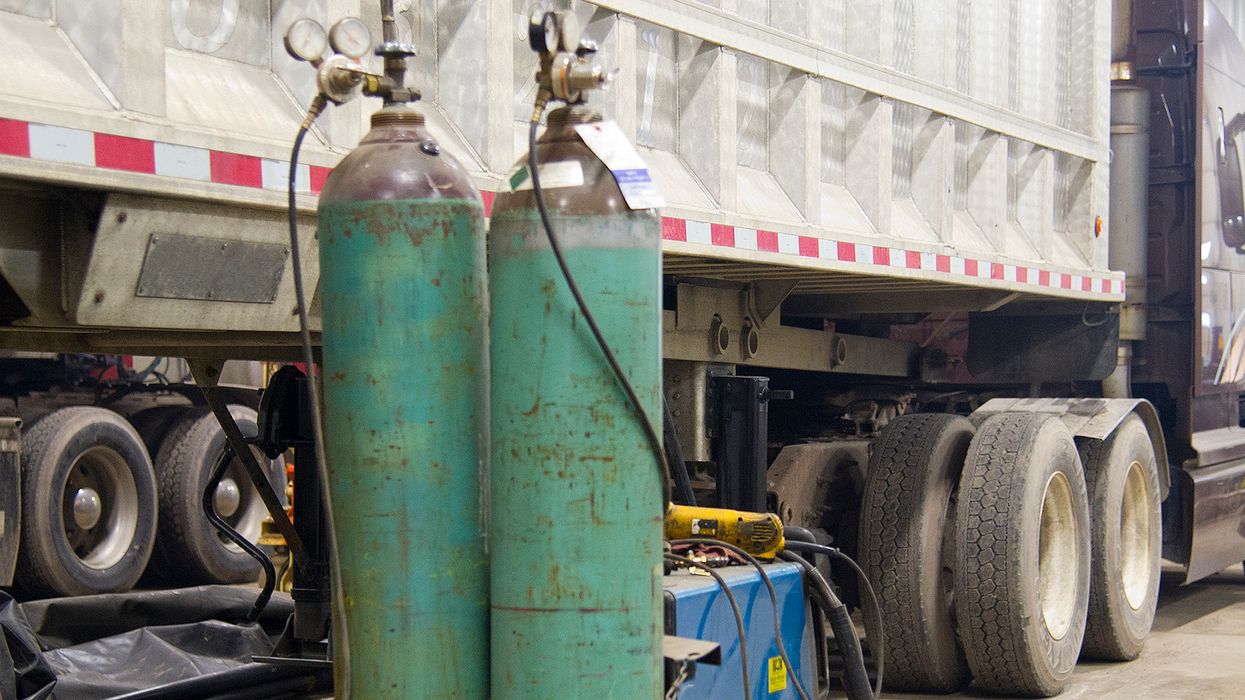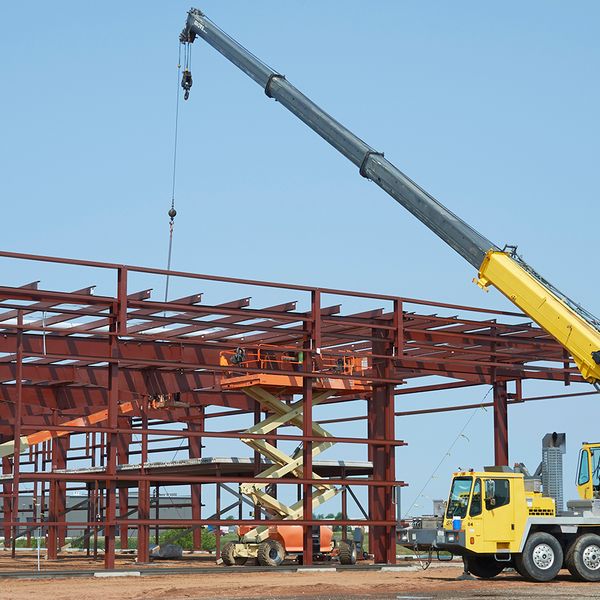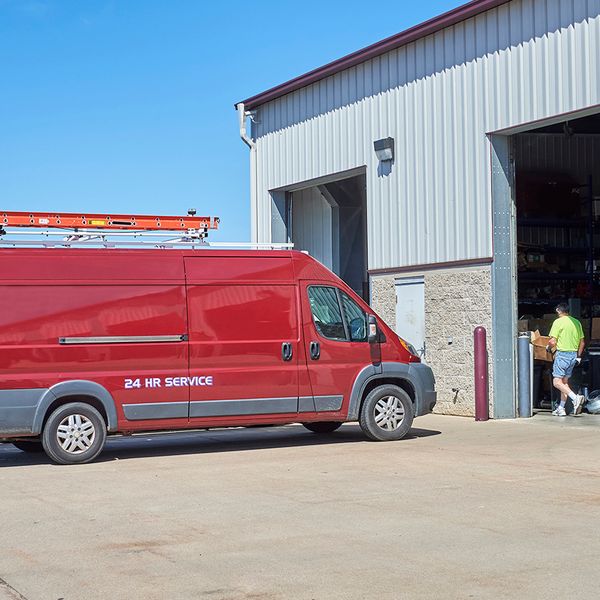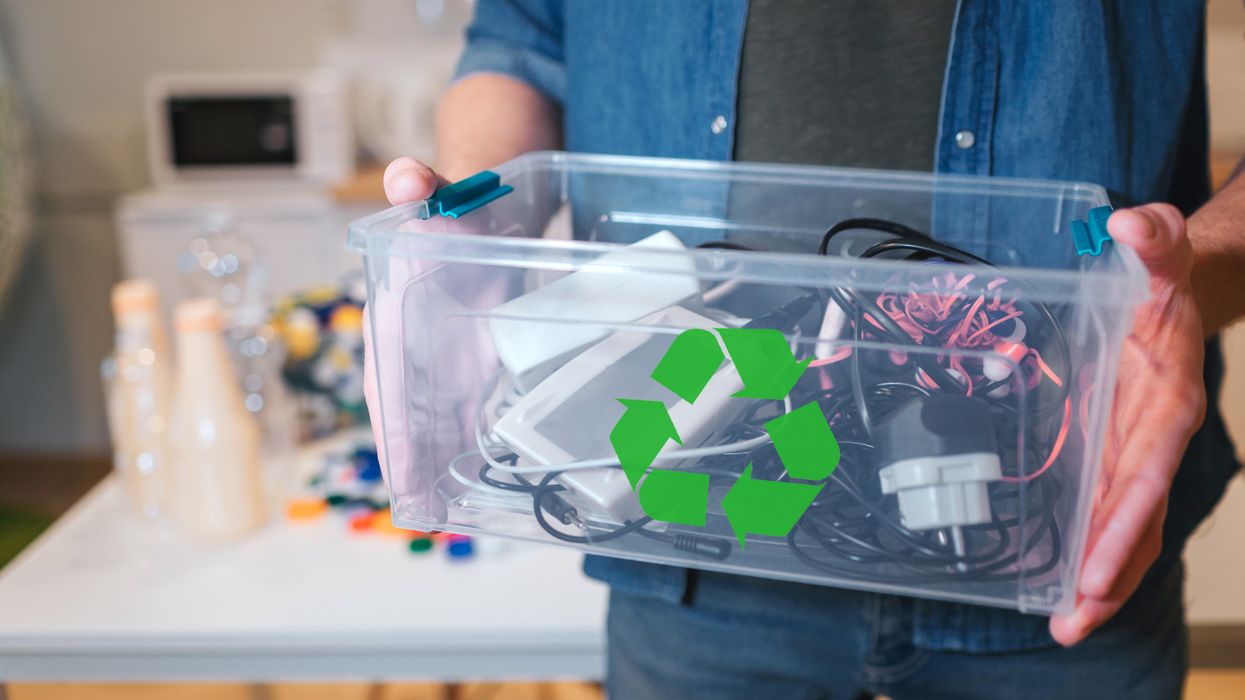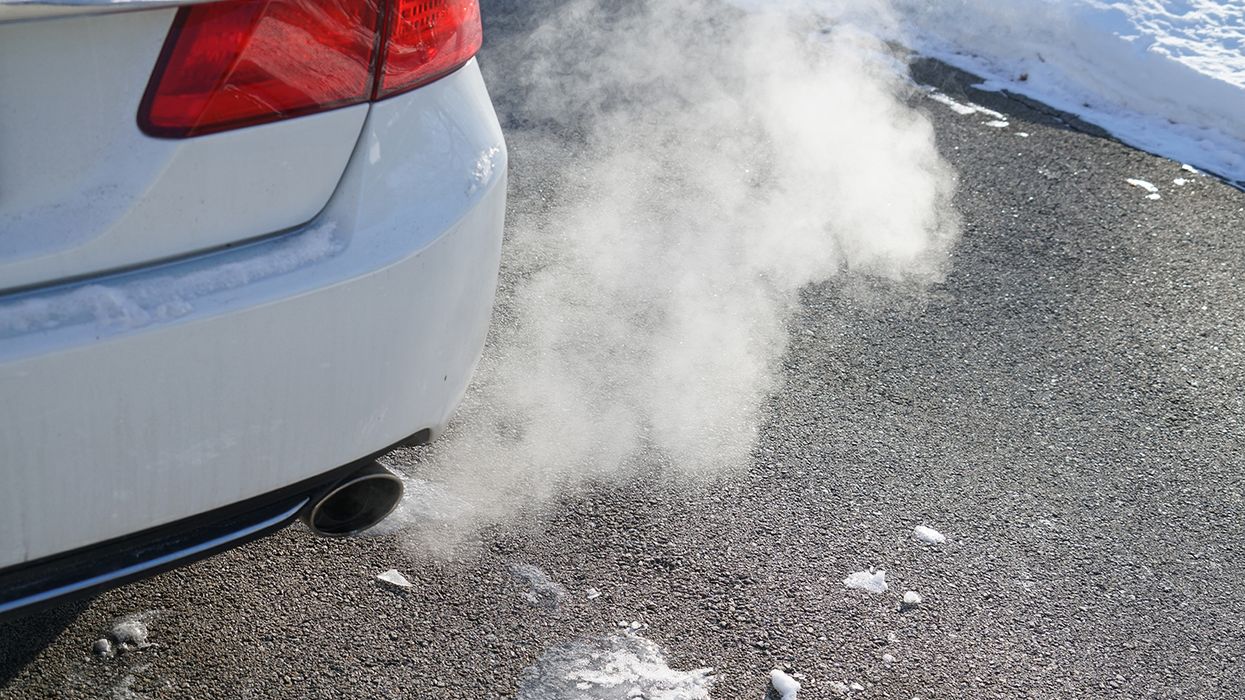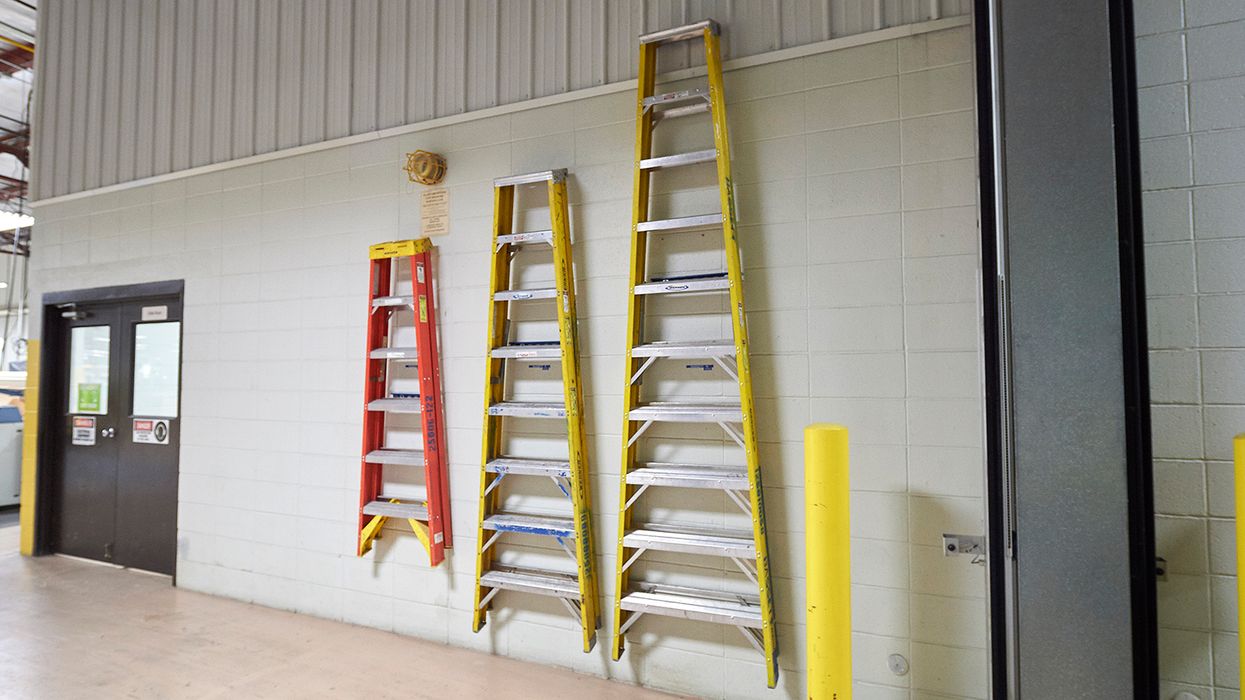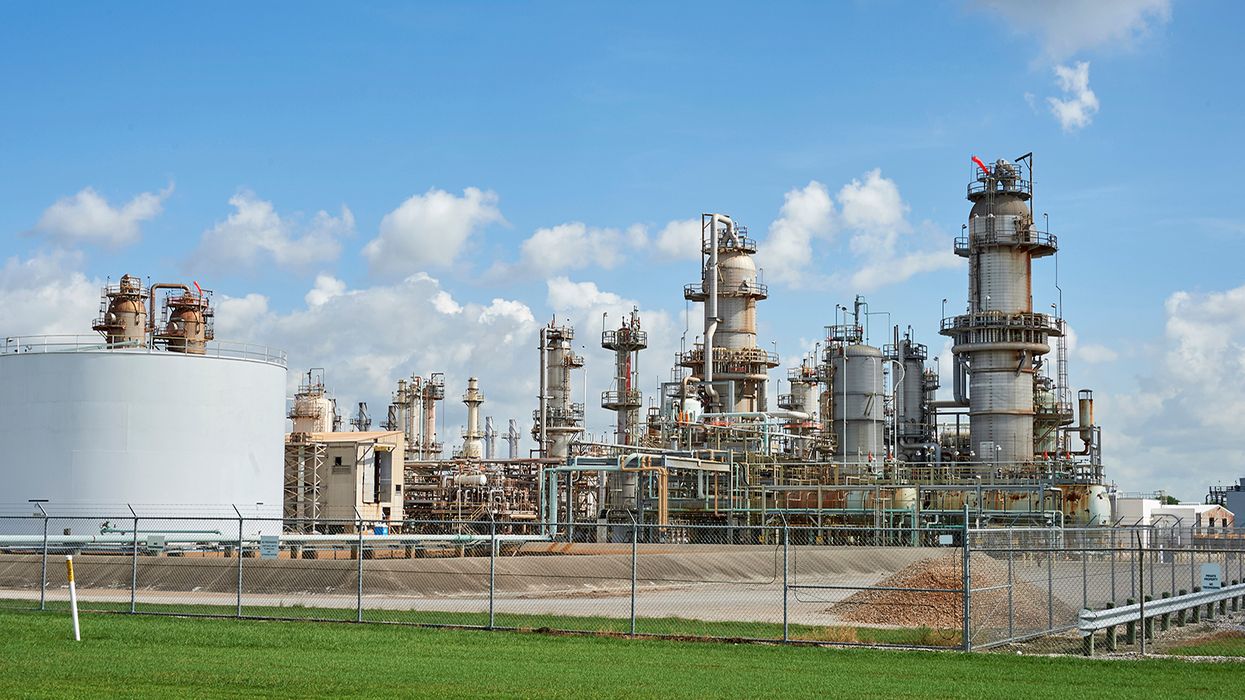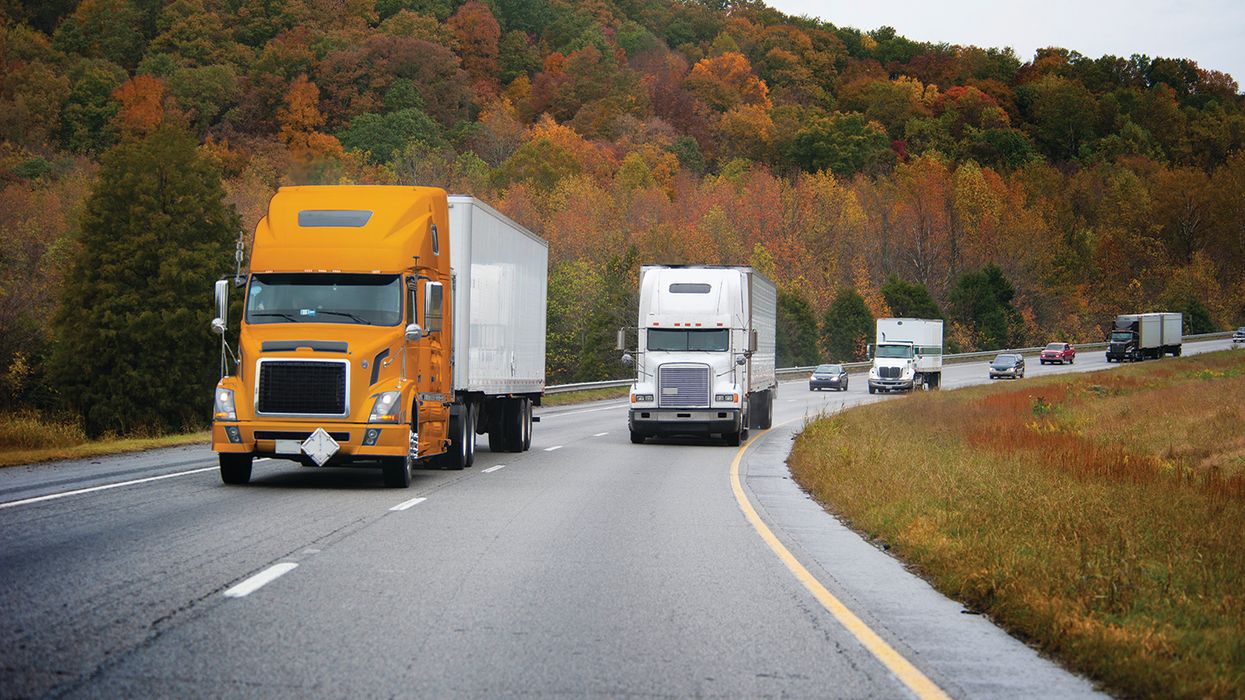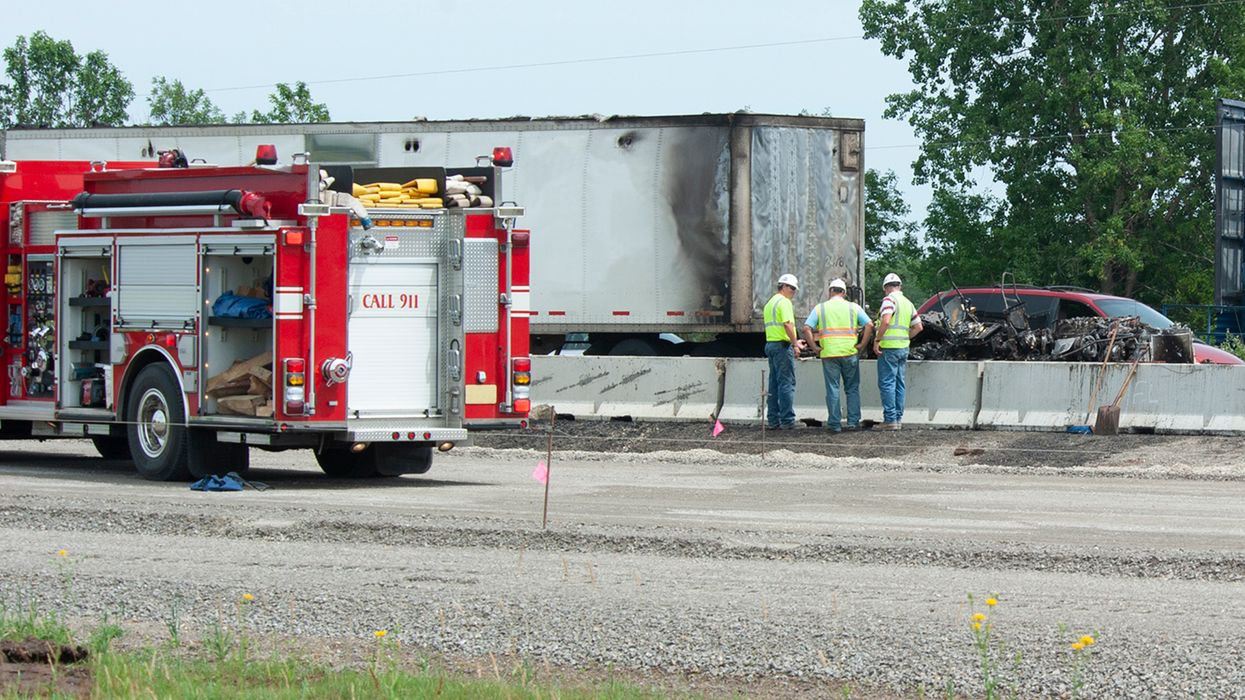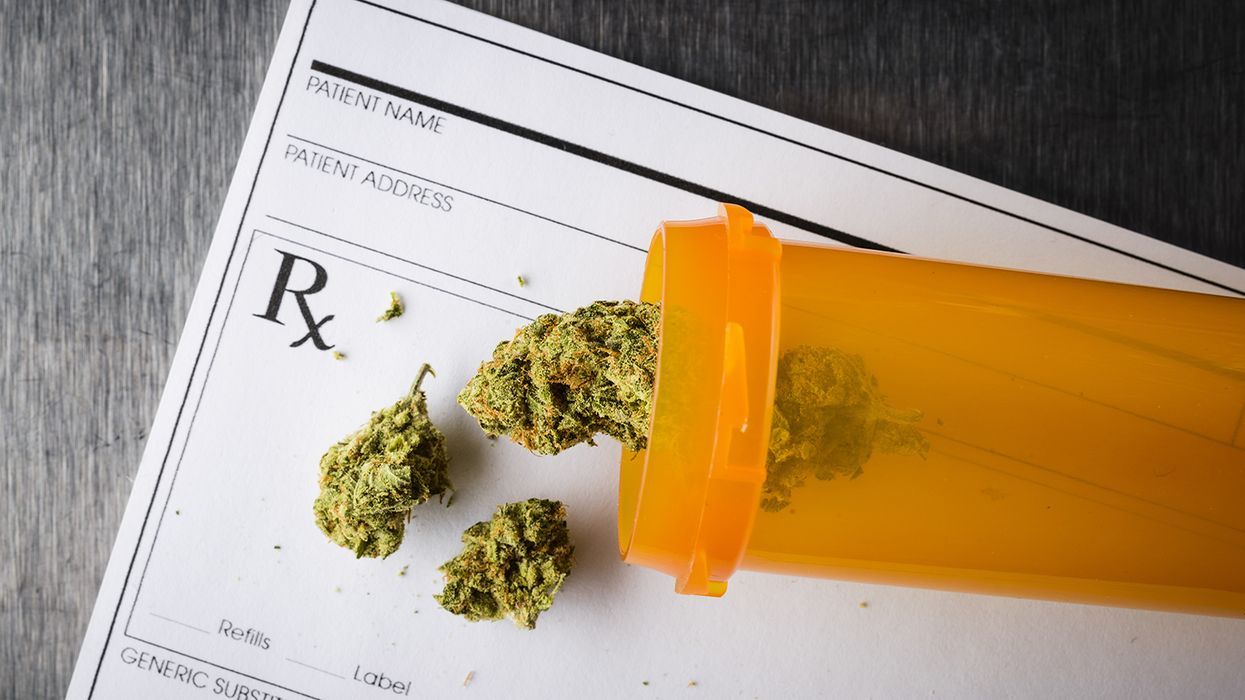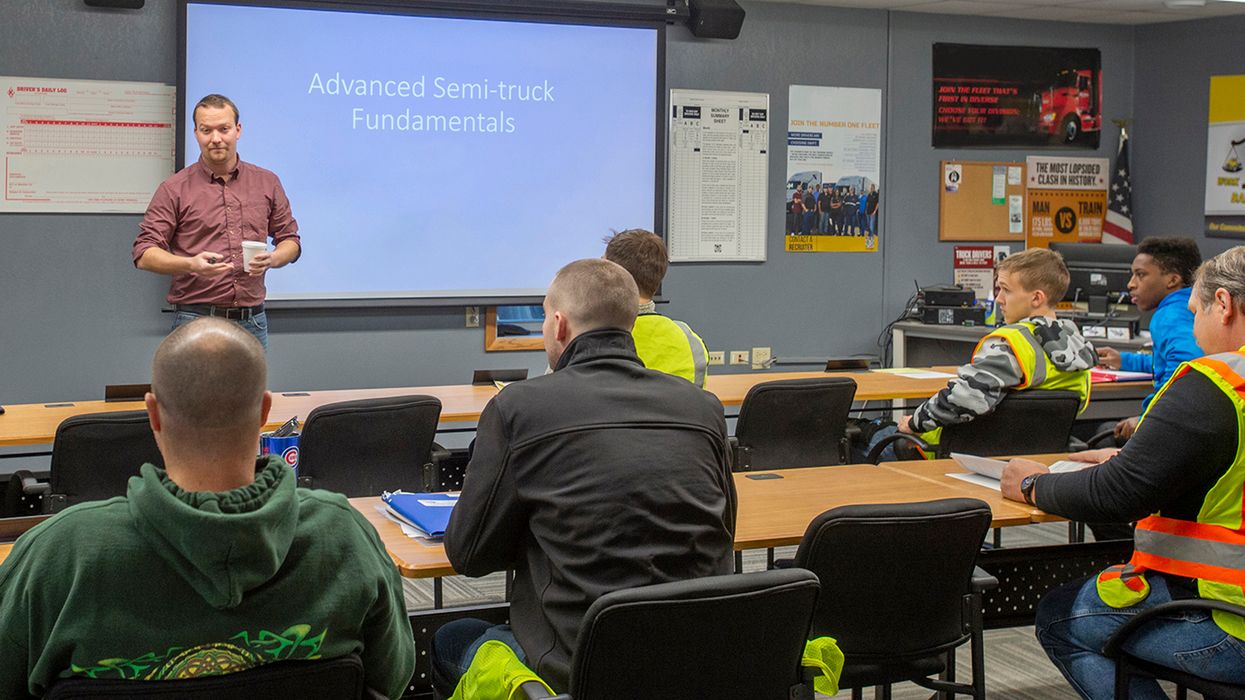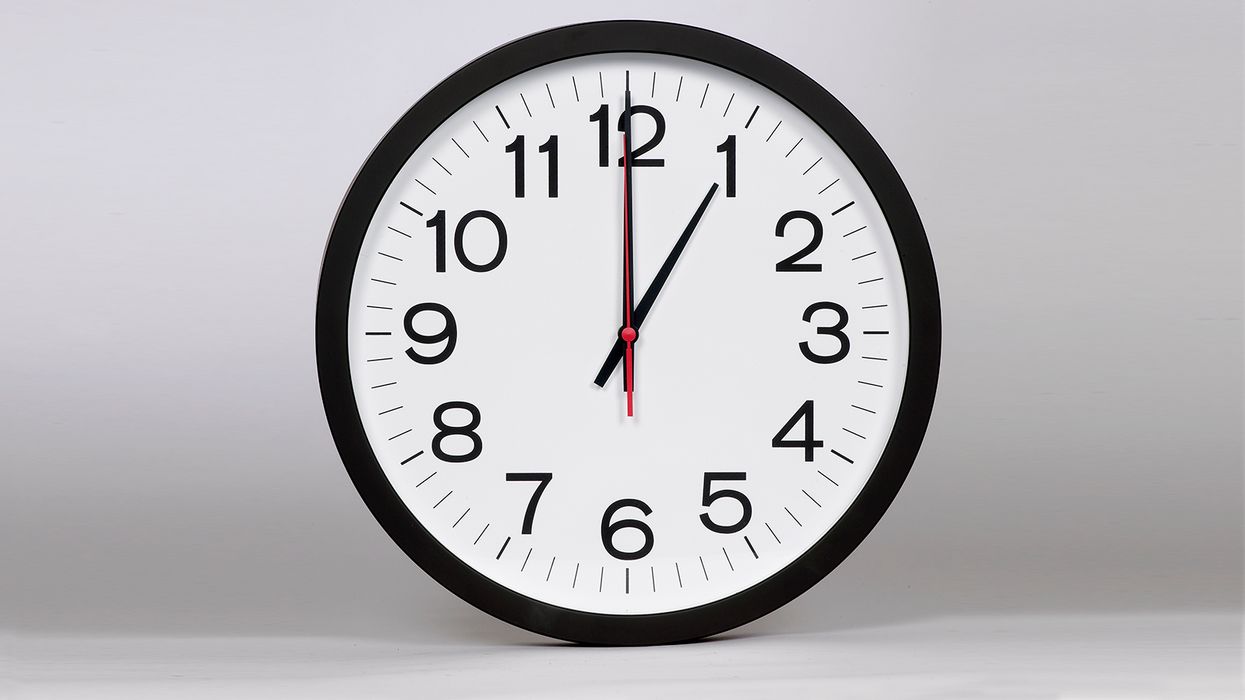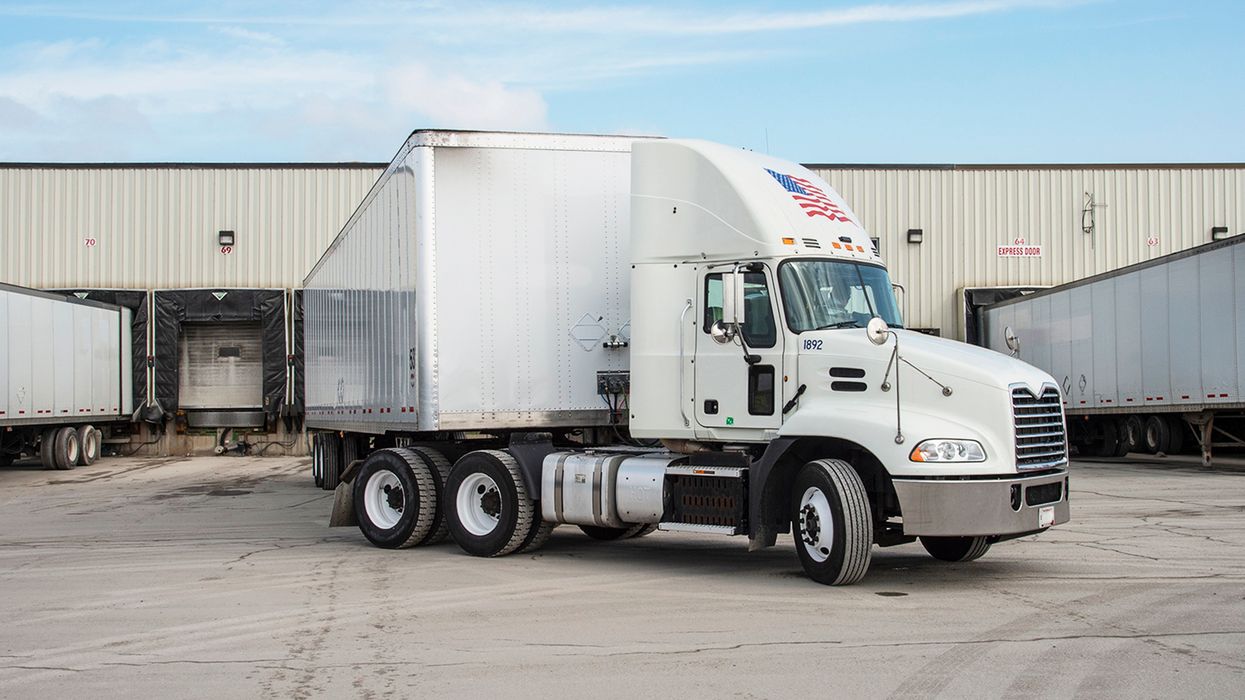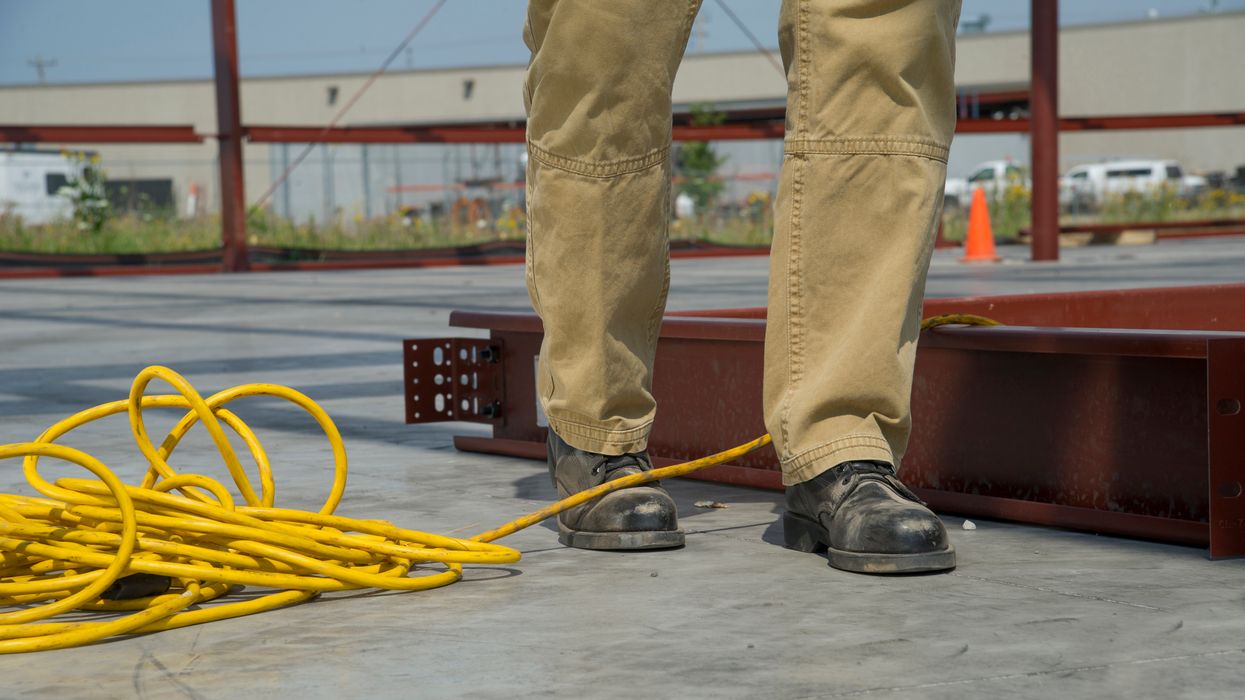Hazmat exceptions: Can you qualify for the materials of trade exception?
Sometimes, hazardous materials are transported in small quantities to support activities carried on by a business, to support or maintain the operation of a vehicle, or to protect passenger safety. For example, a maintenance crew might need to transport welding gases to repair a structure on a job site. A motorcoach operator might have passengers who need to carry small oxygen tanks on board. A motor carrier may need to operate an auxiliary motor mounted to a trailer that runs on gasoline, and the driver carries a few extra small tanks of gasoline as backup.
While these materials are in small quantities, they are still hazardous materials in transport. However, because the materials are in smaller quantities and are being used in the course of business, there’s an exception in the regulations. The exception is referred to as the materials of trade (MOT) exception. The MOT exception provides relief from some, but not all, of the hazardous materials regulations (HMR).
What are the MOT quantity limits?
The key to claiming the MOT exceptions is meeting the quantity limitations specified in the regulations:
- A Class 3, 8, 9, Division 4.1, 5.1, 5.2, 6.1, or limited quantity material contained in a packaging having a gross mass or capacity not over—
- 1 pound (0.5 kilograms) or 1 pint (0.5 liter) for Packing Group I material;
- 66 pounds (30 kilograms) or 8 gallons (30 liters) for a Packing Group II, III, or limited quantity material;
- 400 gallons (1,500 liters) for a diluted mixture, not to exceed 2 percent concentration, of a Class 9 material;
- A Division 2.1 or 2.2 material in a cylinder with a gross weight not over 220 pounds (100 kg);
- A Division 2.1 or 2.2 material in a Dewar flask meeting the requirements in section 173.320:
- A non-liquefied Division 2.2 material with no subsidiary hazard in a permanently mounted tank manufactured to the ASME Code at not more than 70 gallons water capacity;
- A Division 4.3 material in Packing Group II or III contained in a packaging having a gross capacity not exceeding 1 ounce (30 milliliters);
- A Division 6.2 material, other than a Category A infectious substance, contained in human or animal samples (including, but not limited to, secreta, excreta, blood and its components, tissue and tissue fluids, and body parts) being transported for research, diagnosis, investigational activities, or disease treatment or prevention or is a biological product or regulated medical waste; or
- A limited quantity package prepared in accordance with the regulations (Class 7 Radioactive substances, instruments, and articles are not authorized).
The gross weight of all MOT on a motor vehicle may not exceed 440 pounds (200 kilograms). The 440-pound maximum includes all packaging, but it does not include a permanently mounted tank with 400 gallons (1,500 liters) or less of diluted Class 9 material.
This means that there can be multiple MOT on the vehicle, but the gross weight of all MOT combined cannot exceed 440 pounds.
What are carriers exempt from?
If the quantity limits can be met and the carrier otherwise qualifies for the MOT exception, then the carrier is exempt from the requirements for shipping papers, emergency response information, and placards. In addition, drivers transporting MOT do not require formal hazmat training, but they must have general knowledge of the MOT regulations and must be informed of the presence of the hazardous materials on the vehicle.
Note that packages must be marked and labeled according to the regulations and properly secured in the vehicle.
What if a carrier can’t meet the criteria of the MOT exception?
If a carrier does not qualify for the MOT exception, e.g., is a for-hire carrier, then the carrier cannot use the MOT exception.
Or, if the hazardous materials are being transported in quantities greater than the maximums specified in the regulations, then again, the carrier cannot use the MOT exception.
If a carrier cannot qualify for the exception, then the provisions of the HMR apply. Note that other exceptions may be available, depending on the hazardous material and the quantity being transported.
Key to remember: The MOT exception provides relief from the regulations, but it’s important to know that not every carrier can use it. The marking and labeling requirements still apply to the MOT.

